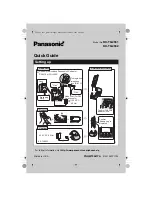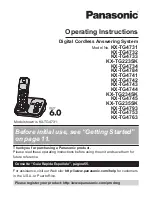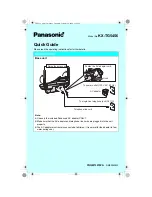
158
Glossary
Air time
Actual time spent talking on the wireless phone.
Most carriers bill customers based on how many
minutes of airtime they use each month.
Antenna
A device for transmitting or receiving signals. The
size and shape of antennas is determined, in part,
by the frequency of the signal they receive.
Wireless phones and the base station must have
antennas.
Call diverting
Ability to reroute calls to another number.
Call waiting
Informs you that you have an incoming call when
you are engaged on another call.
Caller line identification services (Caller ID)
Services allowing subscribers to view or block the
telephone numbers of callers.
CDMA (Code Division Multiple Access)
A spread-spectrum approach to digital
transmission. With CDMA, each conversion is
digitized and then tagged with a code. The mobile
phone deciphers only a particular code to pick the
right conversation off the air. The transmitted signal
is just above noise level across the available
bandwidth.
Glossary
159
Deactivation
The process of rendering a wireless phone inactive.
DTMF
You send DTMF signals when you enter numbers by
pressing the digit keys.
Frequency
A measure based on time, as one or more waves
per second, in an electrical or light wave
information signal. A signal’s frequency is stated in
cycles-per-second or Hertz (Hz).
LCD (Liquid Crystal Display)
Commonly used to refer to the screen display on
the wireless phone.
Prepend
The addition of a prefix, such as an area code, to a
phone number.
Roaming
The ability to use a wireless phone to make and
receive calls in places outside of the home service
area.
Service charge
The amount paid each month to receive wireless
service.
Standby time
The amount of time a fully charged wireless
portable or transportable phone can be on and idle
without being in use. (See Talk Time)












































